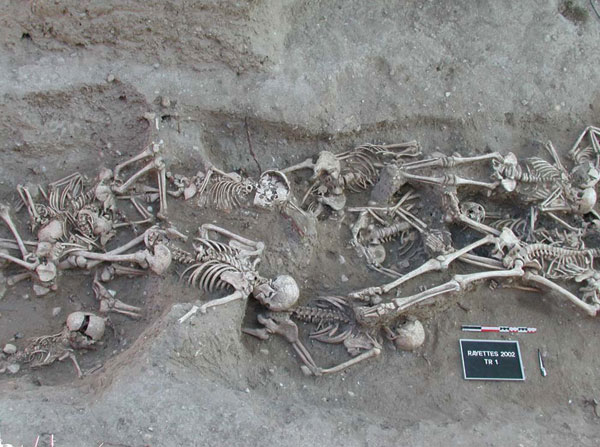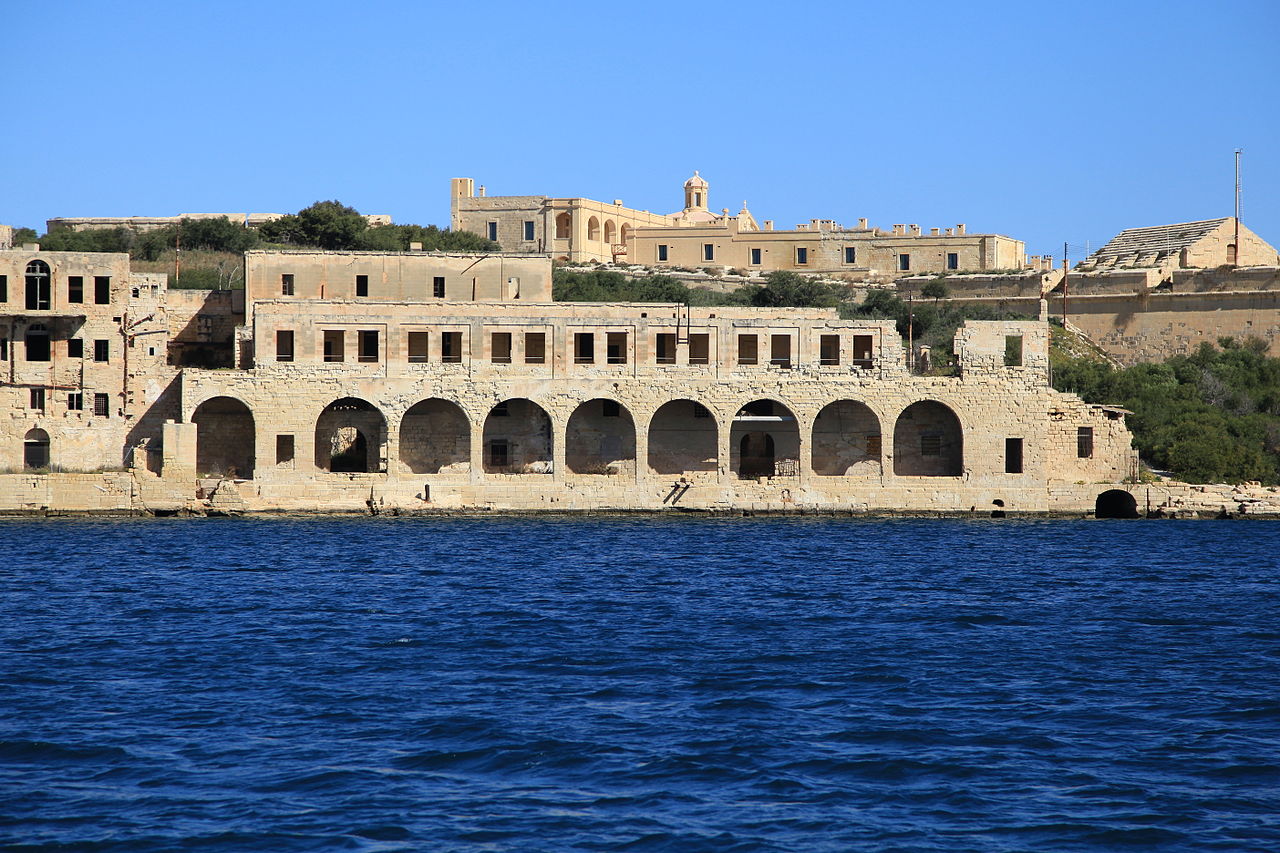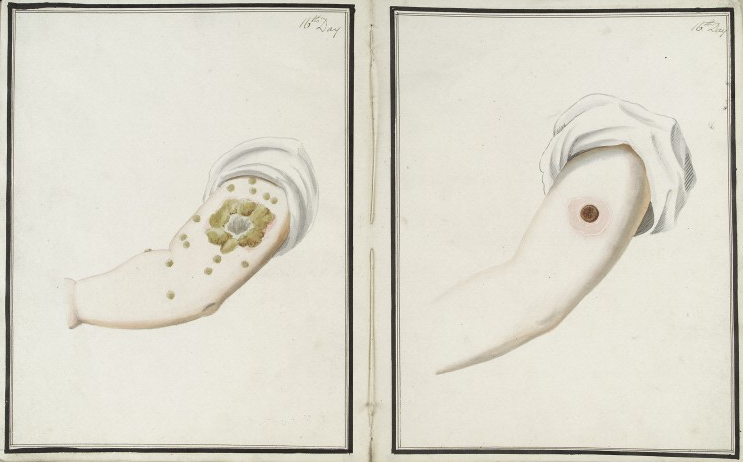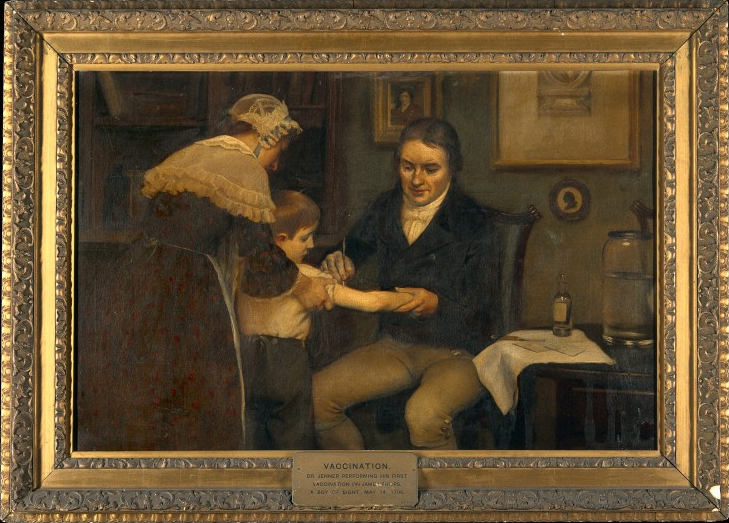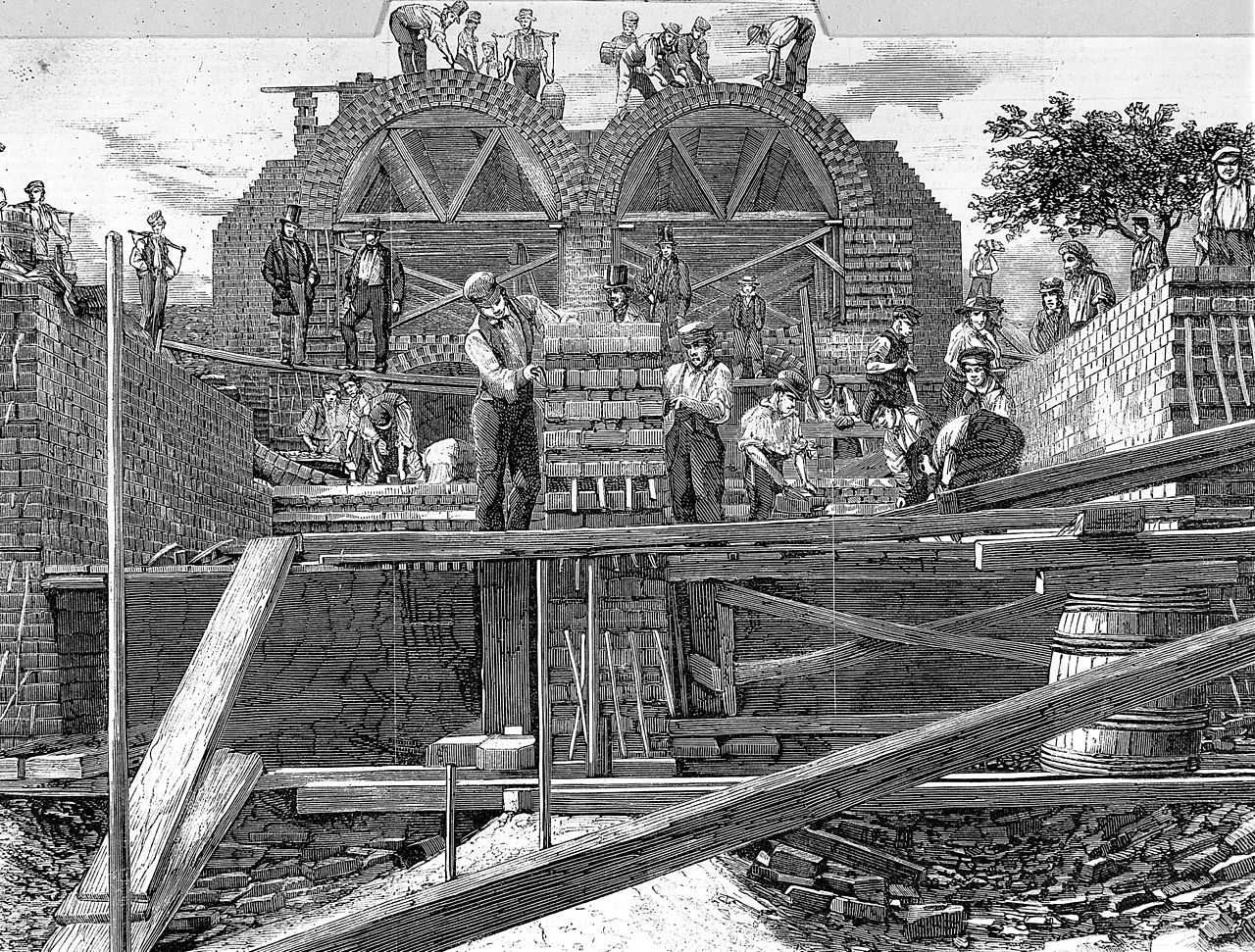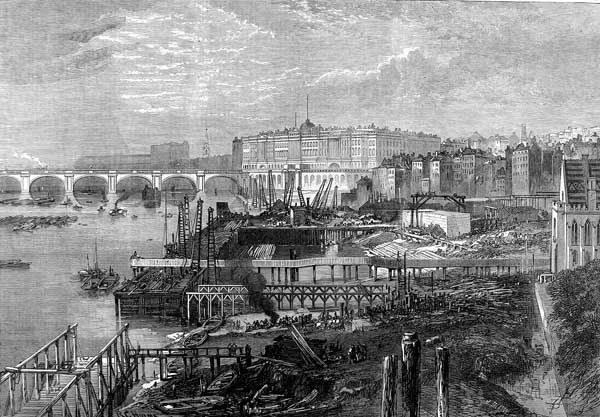Public policy for plague was first devised in the northern Italian city-states, in the fourteenth and fifteenth centuries. This is the world's first system of public health. The embryo of the system was established during the Black Death, and then became increasingly sophisticated and comprehensive through the middle of the sixteenth and seventeenth and then the eighteenth centuries. This policy includes:
Public Health Measures.
Public health measures are non-medical interventions used to reduce the spread of disease. They include providing public education, conducting case and contact management, closing schools, limiting public gatherings, issuing travel restrictions and screening travellers. From fourteenth century or even more early, societies have made lots of efforts to prevent, contain, cure and eradicate infectious diseases. This is why today we can live in a relative safer world compared with people in history. This page will introduce some famous public health measures including good ones and bad ones, which are focused on plague, smallpox and cholera.
For Plague
For Smallpox
Smallpox, was to lead to a very different but highly effective style of public health; that is, first inoculation and then vaccination, associated with Edward Jenner. Even more spectacularly than plague measures, vaccination ultimately promoted a victory over smallpox, leading in 1980 to its total global eradication.
However, it would fail to produce the desired mild infection, but led instead to severe illness and death; and invariably it caused a month or two of immense suffering.
Unlike inoculation, vaccination didn't introduce an infection of smallpox itself, and therefore had no risk of setting off an unintended epidemic. It also had a low risk of serious complications for the individual patient, and no risk at all for the community.
For Cholera
At first, people attempted to control this disease with the plague measures, but it was entirely ineffective. They tried to find a new way to control it. It also led to the sanitary movement, including refitting and sanitary revolution in cities, and even the rebuilding of places like Paris and Naples. But also, some countries adapted concealment during special time to deal with it and casused bad results.
One of the results of this measurement was cholera spread through many provinces of Italy. It was placing at risk the health of international visitors to Italy, tourists and people who came to see the celebrations of 1911. And one of the truly unfortunate parts of the concealment effects is that it led to thousands of deaths of Italians.
